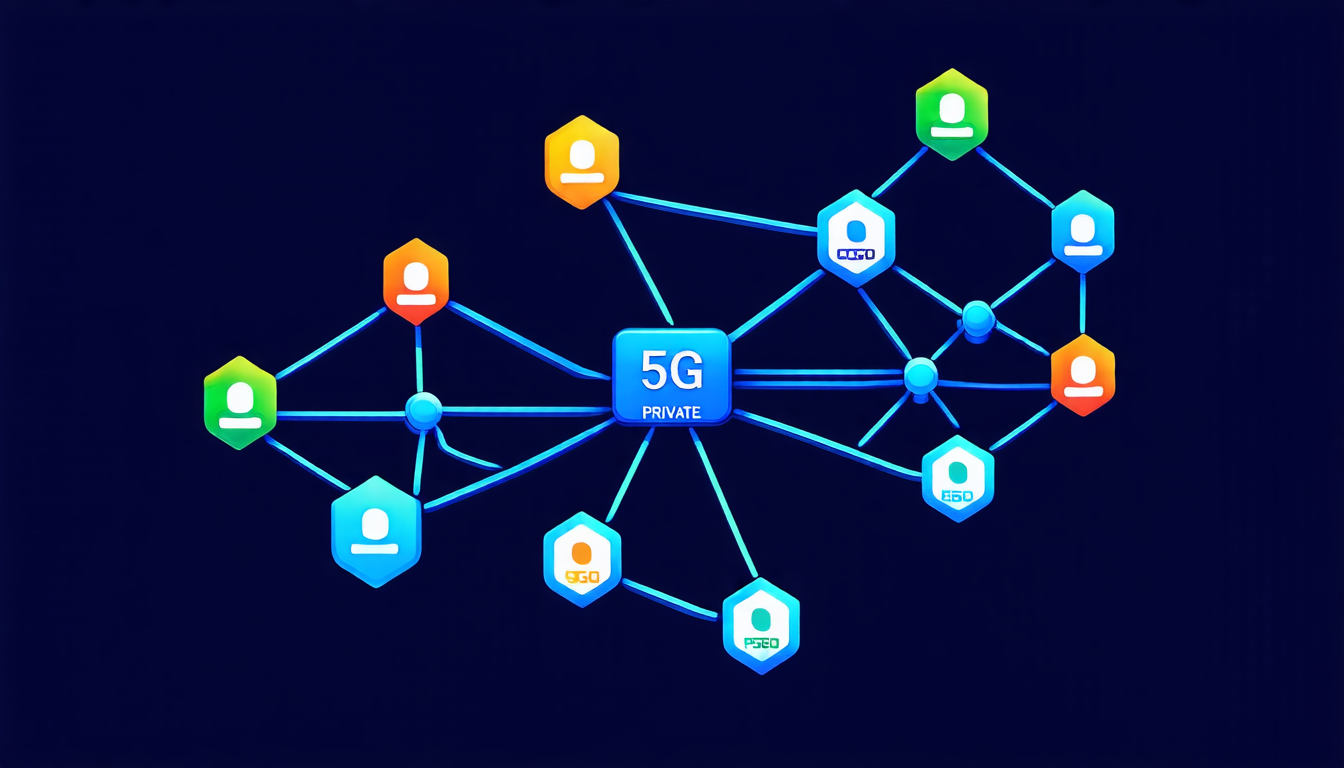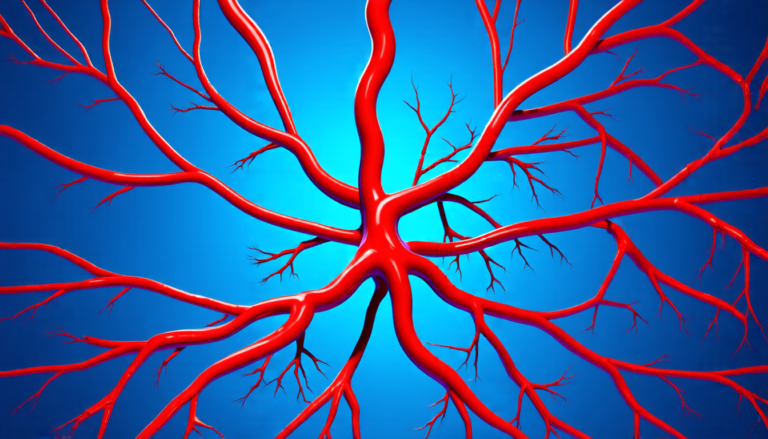Saturday 01 February 2025
Private 5G networks are gaining traction, particularly in industries like healthcare and manufacturing, where they offer enhanced security, reduced latency, and support for a wide range of IoT devices. However, as these networks become more widespread, energy consumption becomes a growing concern. Researchers at the University of Oulu have tackled this issue by conducting an experimental analysis of the energy profiling of 5G core and radio units under varying network conditions.
The team set up an experimental laboratory with hardware components including OAIBox Max, USRP B210, Raspberry Pi 5, Quectel Modem (RM500-GL), and Netio PowerBox 4KF. They used MQTT protocol to collect data from Netio, which was then stored in InfluxDB and visualized using Grafana.
The researchers observed energy consumption patterns of OAIBox (5G core) and USRP B210 (5G radio) at different stages. They found that in idle mode, both devices consumed relatively low amounts of energy – 6.91 Wh for OAIBox and 0.23 Wh for USRP. However, once the network was activated, energy consumption increased significantly. For instance, when the Quectel UE started exchanging data through the 5G SIM, energy consumption rose by 1.68 Wh and 0.04 Wh at OAIBox and USRP respectively.
The team also tested the performance of the private 5G network using iperf3 server on Raspberry Pi 5 and client on OAIBox Max. They found that during downlink transmission, energy consumption increased significantly – by 9.58 Wh and 0.30 Wh at OAIBox and USRP respectively. Conversely, during uplink transmission, energy consumption decreased slightly.
The study highlights the importance of understanding energy consumption patterns in private 5G networks. The researchers believe that their findings can inform the design of more energy-efficient network architectures for future 6G systems. They also plan to conduct further research on real-world private 5G networks with multiple access points and consider energy consumption of UEs and edge nodes.
The University of Oulu’s work is part of the EU-sponsored Hola 5G project, which aims to test the feasibility and efficiency of private 5G networks in healthcare scenarios. The researchers’ focus on energy profiling is crucial for the sustainability of these networks, particularly as they become more widespread.
Cite this article: “Energy Profiling of Private 5G Networks: A Study on Energy Consumption Patterns and Performance”, The Science Archive, 2025.
Private 5G, Energy Consumption, Iot Devices, Healthcare, Manufacturing, Oaibox Max, Usrp B210, Raspberry Pi 5, Quectel Modem, Netio Powerbox 4Kf







